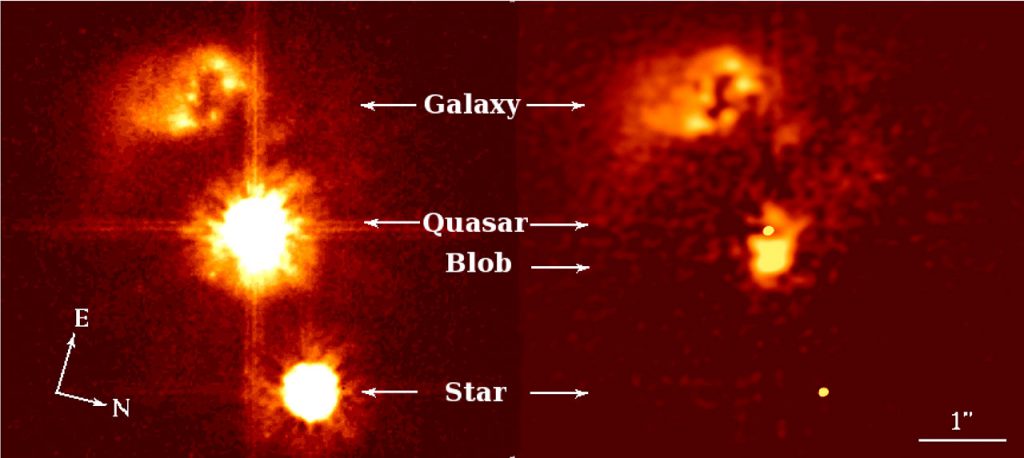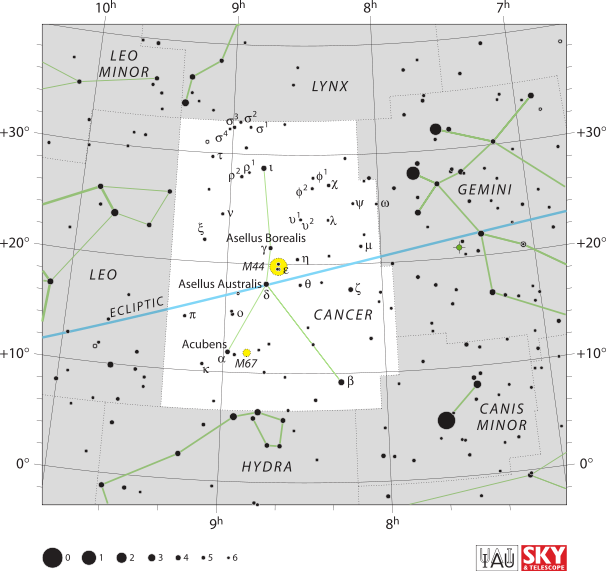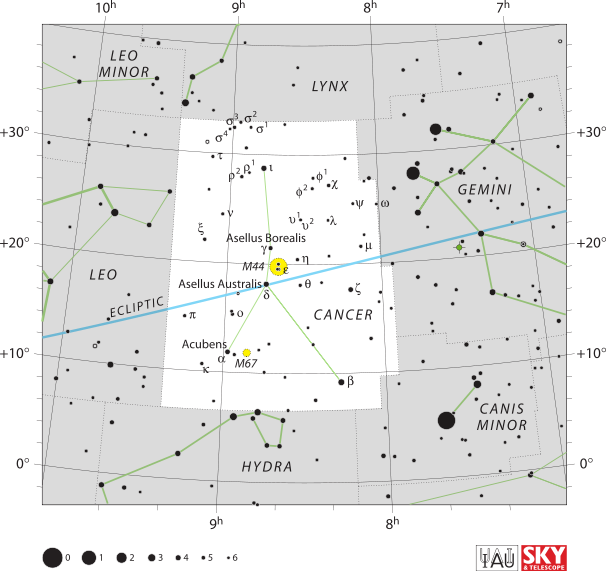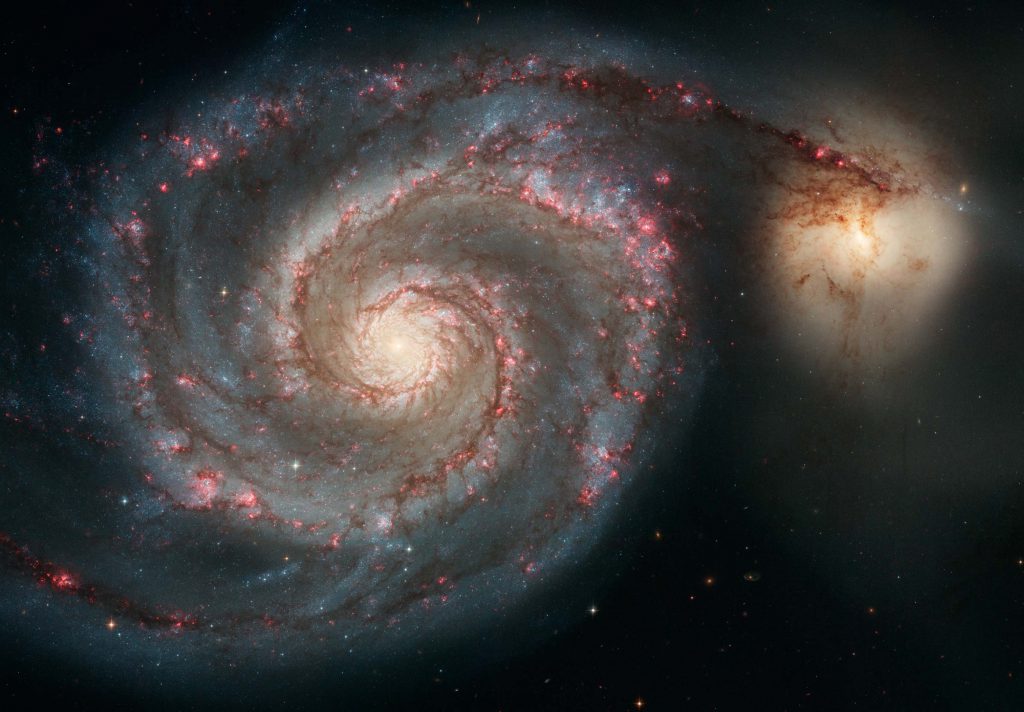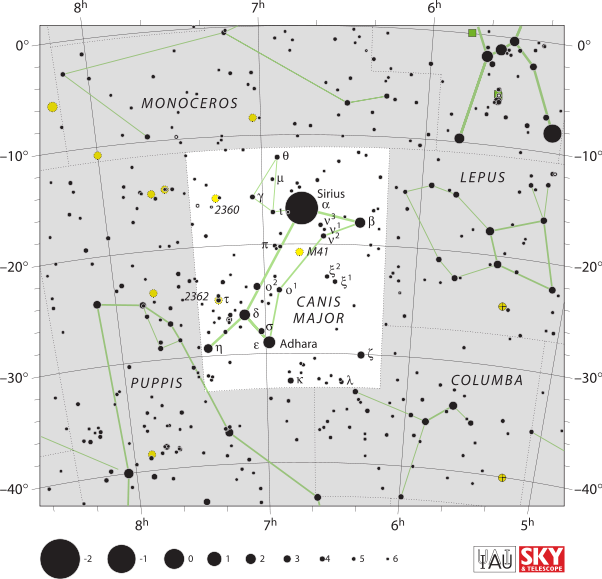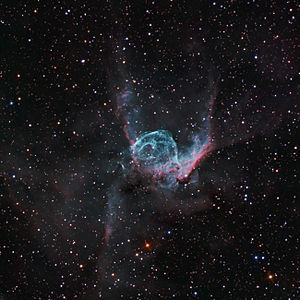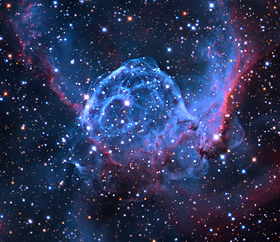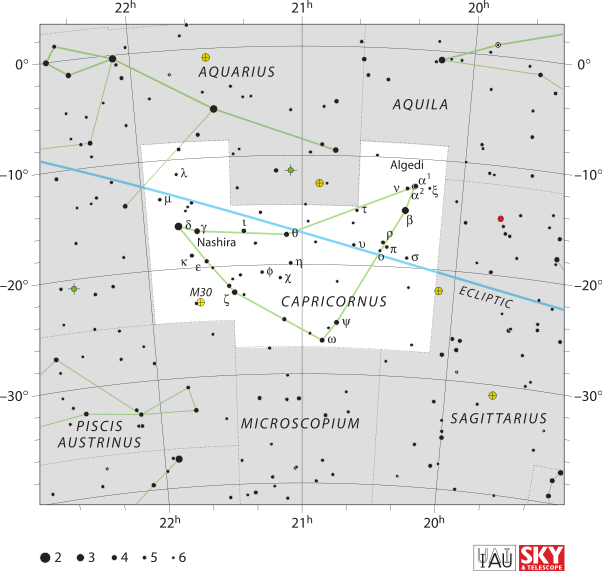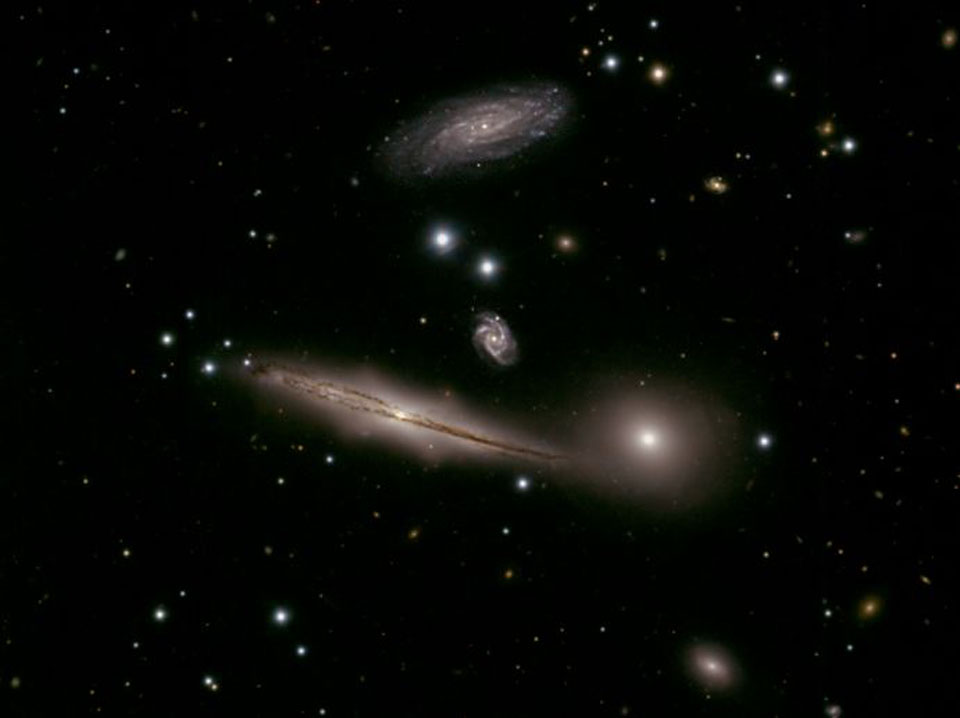Caelum signifies Chisel in Latin and is listed among the 88 modern constellations by Nicolas Louis de Lacaille in 1750s. It was also known as Caelum Sculptorium which means the engraver’s chisel. Sometimes it is mistaken for the word caelum is Latin which means sky, atmosphere, or heaven, but it is only a confusion although it seems to be a more relevant word for a constellation. As the eighth-smallest constellation, it is fairly dim in the night sky and relatively barren due to its distance from the plane of Milky Way. Alpha Caeli and Gamma Caeli are the two stars visible to naked eye with magnitudes brighter than 5. RR Caeli is a binary star hosting a planet lying 65.7 light-years away from the parent star. X Caeli and Delta Scuti variable are two other stars of this constellation that make up for an optical double (they seem close to each other as a double star but they are physically bound).
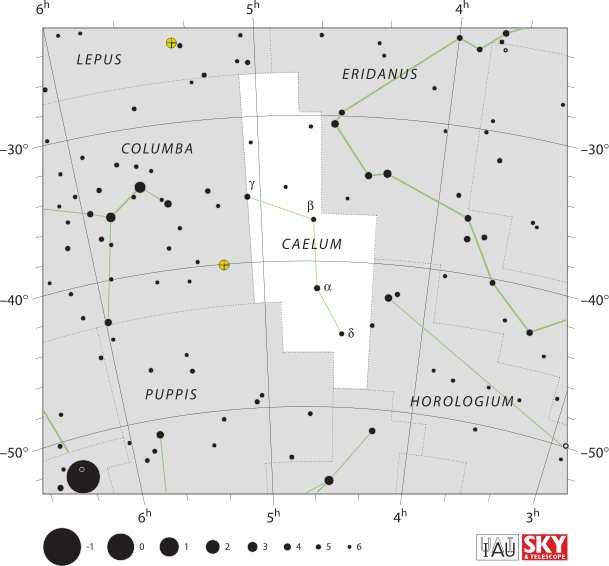
HE0450-2958 is a deep sky object in Caelum constellation, a Seyfert galaxy that is called a naked quasar or even homeless quasar because it is a quasar without a galaxy as its home. It also first appeared as an energetic jet without any galaxy to be associated with. It has been agreed to have a host galaxy after all, but too faint to be detected and perhaps outshone but the quasar.
